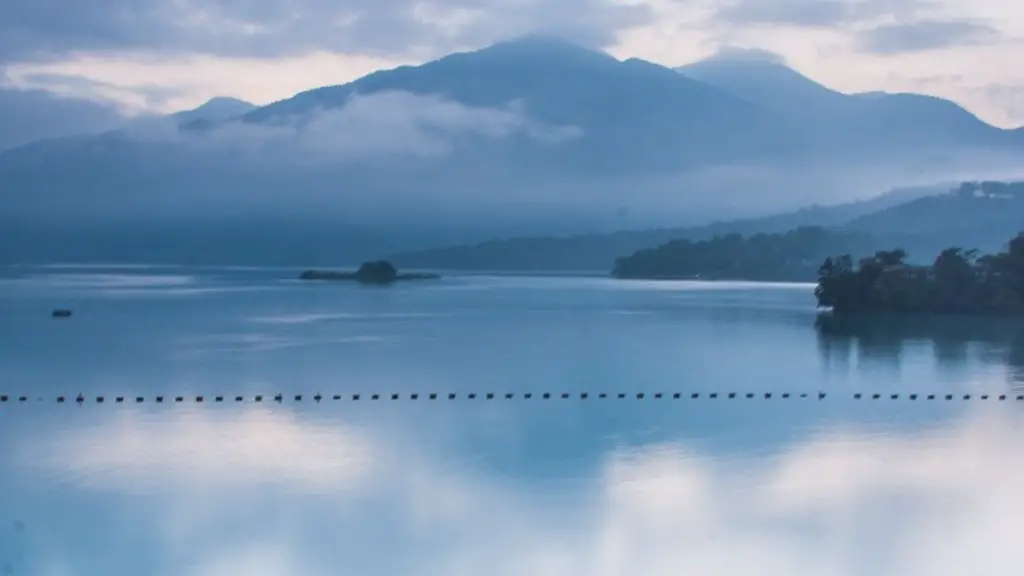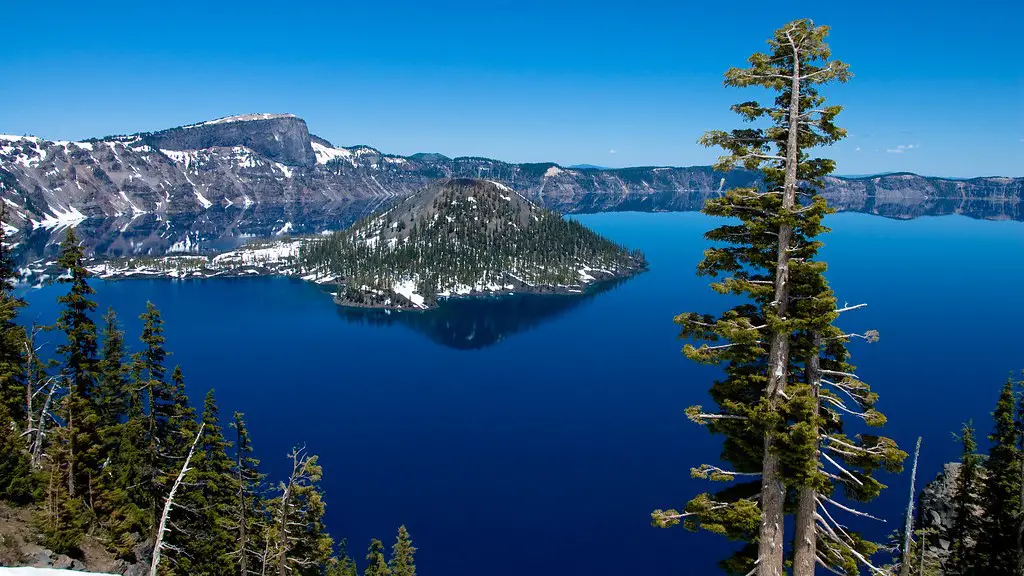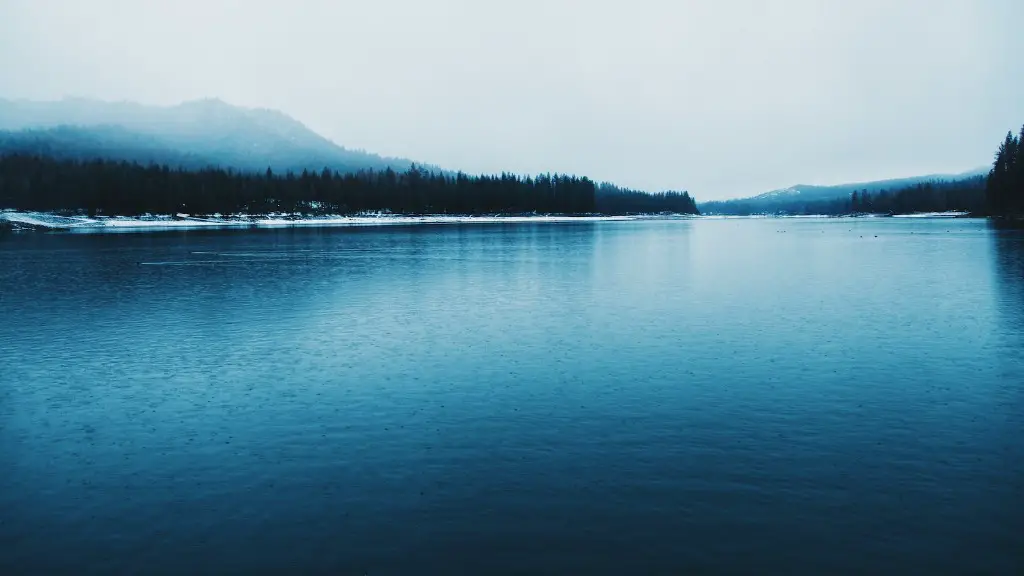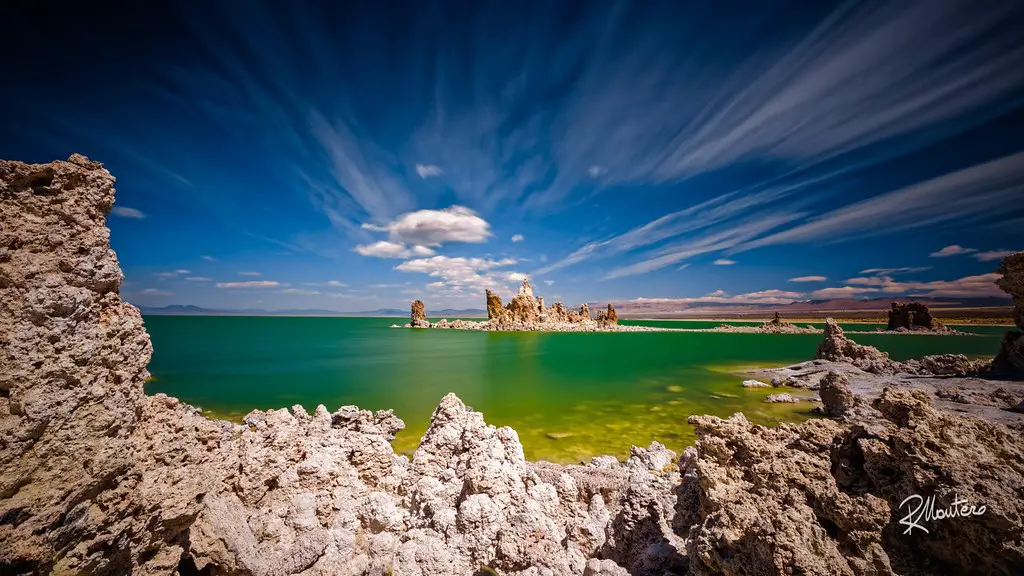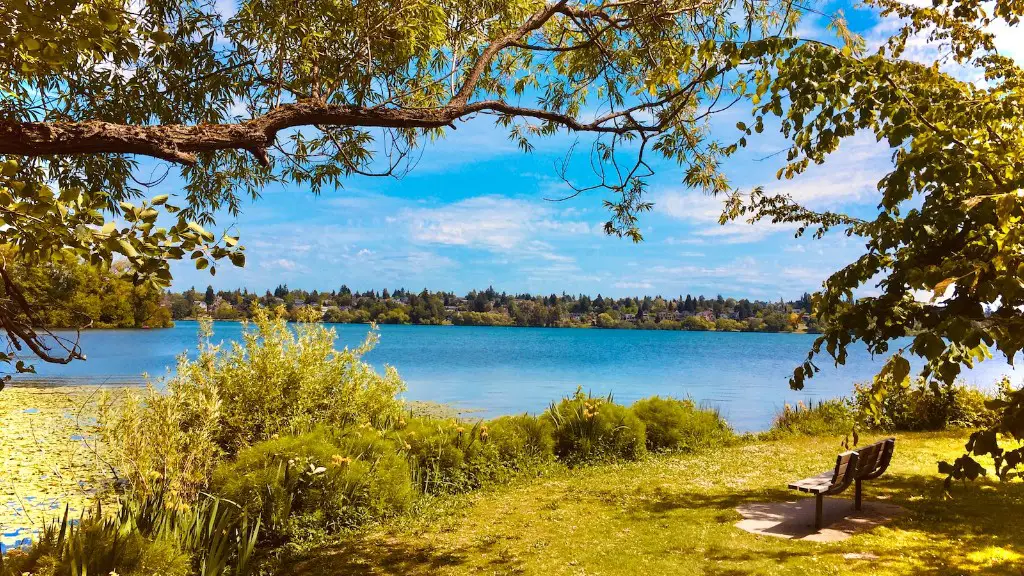Most people are familiar with Lake Victoria, the largest of Africa’s Great Lakes. However, a closer look reveals that this lake might not be as benign as it may appear. The lake is in fact home to many dangers, which can pose a serious risk to human life and the health of the environment.
The most prominent issue that affects Lake Victoria is the presence of algae. Algae blooms occur when nutrient-rich waters make their way into the lake, leading to high concentrations of nitrogen and phosphorus levels. This influx of nutrients causes a rapid growth in the microorganisms, eventually forming large layers of thick, greenish mats of algae on the surface. This can lead to oxygen depletion in the lake, negatively affecting fish, other aquatic species, and even human populations living nearby.
In addition to this, the lake harbors a variety of waterborne diseases. It is estimated that over 45% of all reported waterborne diseases in Africa are found on Lake Victoria. These include cholera, bilharzia, and typhoid which can have serious impacts on human health and the health of the lake’s ecosystem. Poor water quality and the presence of pathogens can also cause large-scale deaths of fish and other aquatic species.
These problems are further compounded by the growing population around the lake. Urbanization is contributing to a decrease in the quality of life for local communities. Overfishing, deforestation and agricultural activities around the lake also degrade the water quality and threaten aquatic habitats. In addition, tourism activities, such as recreational fishing, have increased which has brought even greater numbers of people to the lake, making it more vulnerable to disease outbreaks.
In light of this, the governments around the lake have begun to take action. They are investing in initiatives to improve water and sanitation facilities, as well as strategies to reduce the amount of nutrients entering the water. In addition, a number of international organizations, such as the United Nations Environment Programme (UNEP) and the African Development Bank (ADB), are working to support the development of ecotourism and sustainable fisheries in the area, as well as water conservation projects and research studies. Together, these efforts are helping to improve the state of the lake and its surrounding environment.
Though Lake Victoria holds many risks, the vast majority of its environment is still safe to explore. With the help of initiatives, the lake can be managed sustainably to ensure that its rich biodiversity remains intact and its local communities are able to thrive.
Pollution
Pollution is an additional environmental concern related to Lake Victoria. Despite efforts from the governments in the countries bordering the lake, pollutants from runoff and sewage are still making their way into the lake, leading to contaminated water, excessive algal growth and the spread of waterborne diseases. Furthermore, these pollutants disrupt the local ecosystem, killing off aquatic species, suffocating habitats and contaminating the land surrounding the lake.
In recent years, there has been a decrease in the amount of pollutants being released into the lake, as well as an increase in investments aimed at reducing the sources of these pollutants. However, a more comprehensive approach is needed in order to eliminate the threat of pollution. This includes more stringent regulations on sewage treatment, improving water infrastructure and increasing public awareness on the importance of conservation.
Ultimately, it is essential that all stakeholders in the region come together, put their differences aside and work together in order to achieve a healthier and more sustainable future for Lake Victoria.
Overfishing
Overfishing is another serious danger to Lake Victoria and its surrounding environment. Over the years, there has been an increase in the number of people fishing in the lake and this has led to an imbalance in the fish population. The lake is now being over-exploited, with more fish being caught than can be replenished. This has had detrimental effects on the lake’s biodiversity, as many species are threatened with extinction or have gone locally extinct.
This situation is further exacerbated by destructive fishing methods, such as the use of fine mesh nets and explosives. These methods have a devastating impact on the environment, not only killing off fish but also endangering the local flora and fauna.
In response to this, there have been a number of initiatives aimed at reducing overfishing and protecting the lake’s aquatic ecosystem. This includes policies to regulate fishing, more efficient management of fish stocks, and the adoption of sustainable fishing practices. In addition, there has been a rise in eco-tourism activities, such as sport fishing competitions, which could help to raise awareness of the need to maintain a balance between human activities and the health of the lake.
Ultimately, the success of these initiatives will depend on the involvement of local communities and effective government policies. By working together, Lake Victoria can still remain a safe and vibrant source of life.
Climate Change
Climate change is another major danger that Lake Victoria faces. Rising temperature, altered weather patterns, extreme storms and droughts can have a devastating impact on the lake’s environment and the surrounding ecosystems. These changes can lead to an increase in the number of pests and diseases, decreased water quality due to higher levels of pollutants, and disruptions to local food production. In addition, these changes can also cause an increase in the levels of algae and other microorganisms, resulting in oxygen depletion in the lake, which could have serious consequences for aquatic species and humans alike.
In order to mitigate the effects of climate change, governments in the region need to make greater investments in climate-resilient development initiatives. These should include the promotion of renewable energy sources, the restoration of natural habitats, the development of drought-resistant crops, and the use of adapted fishing equipment and practices. In addition, more public awareness campaigns need to be put in place to raise the public’s understanding of the risks posed by climate change and the ways in which they can help protect the lake.
Overall, Lake Victoria is an incredibly important natural resource and its safety must be safeguarded. With the help of government initiatives, environmental policies, and informative campaigns, the risks to the lake can be minimized and a sustainable future for the region can be guaranteed.
Murky Waters
Lake Victoria often looks enticing when viewed from the shore, however, many don’t know that there are some hazardous particles lurking beneath the surface. Like with other bodies of water, Lake Victoria’s water is a health hazard, as it is a breeding ground for bacteria, viruses and parasites. These microbes, also known as water-related disease agents, can cause a wide range of illnesses and in some cases, even death.
In fact, the World Health Organization (WHO) estimates that between 60 and 70 million people in Africa are at risk of water-based diseases associated with Lake Victoria. The most common type of water-related disease is schistosomiasis, a parasitic infection caused by freshwater snails, which can result in severe gastrointestinal, neurological and dermatological issues.
Water-related diseases can also occur due to a decrease in water quality. The lake is susceptible to pollutants, such as sewage and agricultural runoff, which can lead to algal blooms and depleted oxygen levels. These can harm aquatic species, as well as contaminate land surrounding the lake and endanger human health.
Therefore, it is essential that governments in the region invest in initiatives to improve water quality and sanitation facilities. This includes regulating the discharge of pollutants, strengthening waste management systems and investing in clean and renewable energy sources. Together, these efforts could help reduce the amount of waterborne disease organisms and minimize their effects.
In short, Lake Victoria can be dangerous if it is not given proper care and attention. Though it is a beautiful and vibrant source of life, it is important to remember that the lake is susceptible to various threats that could have detrimental impacts on human and animal health, as well as the health of the environment. With the right mindset, the risks of the lake can be minimized and it can still remain a safe and prosperous source of life.
Tourism
Tourism is another key component of Lake Victoria’s environment. The lake has become a popular destination for all types of travelers, from backpackers to honeymooners. Consequently, it has injected much-needed revenue into the local economy, allowing communities to build businesses, invest in infrastructure and create more job opportunities.
However, the influx of tourists can also bring its own set of risks. With a growing number of visitors, the lake is becoming more polluted and habitats more disturbed. Tourist activities, such as recreational fishing, can also disrupt the delicate balance of aquatic species and endanger their populations. In addition, tourists are less aware of the potential dangers posed by the lake and may be more likely to take risks to get an “adventurous” experience.
Therefore, there should be measures in place to ensure the sustainability of tourism activities as well as the health of the lake. This includes setting limits on the number of visitors and implementing tourist regulations, as well as enforcing strict penalties for those who violate the rules. In addition, tourism must be managed sustainably and efficiently to ensure that it does not have an adverse impact on the lake’s environment.
Overall, tourism can have many positive effects on the environment, but it is important to ensure that it is done responsibly in order to protect Lake Victoria from potential threats.
